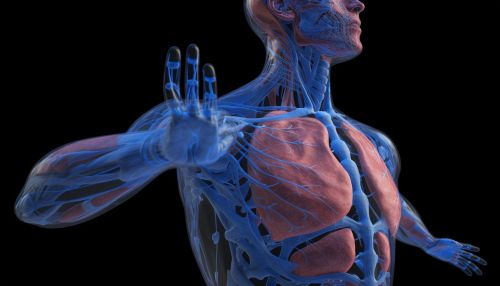Endocrine signaling
Introduction
Endocrine signaling refers to the process by which endocrine glands produce and secrete hormones directly into the bloodstream. These hormones then travel to target cells or organs in the body, where they bind to specific receptors and trigger a response. This form of signaling is one of the primary methods of communication within the body, alongside nervous system signaling.


Endocrine Glands and Hormones
Endocrine glands are ductless glands that produce and secrete hormones directly into the bloodstream. These include the pituitary gland, thyroid gland, adrenal glands, pancreas, and the gonads (ovaries and testes). The hormones produced by these glands regulate a wide range of physiological functions, from metabolism and growth to reproduction and stress response.
Hormones are chemical messengers that are produced in response to specific stimuli. They are typically proteins or steroids and are highly specific in their action. Each hormone binds to a specific receptor on the target cell or organ, triggering a specific response. This specificity is key to the precise regulation of physiological functions by the endocrine system.
Mechanisms of Hormone Action
Hormones exert their effects by binding to specific receptors on the target cells. These receptors can be located on the cell surface (for protein and peptide hormones) or within the cell (for steroid hormones). The binding of a hormone to its receptor triggers a series of biochemical reactions within the cell, leading to the desired response. This process is known as signal transduction.
In the case of protein and peptide hormones, the hormone-receptor complex activates a second messenger system, such as the cyclic AMP or the phosphoinositide 3-kinase pathway. These second messengers then activate a series of enzymes within the cell, leading to the desired response.
Steroid hormones, on the other hand, pass through the cell membrane and bind to intracellular receptors. The hormone-receptor complex then moves to the nucleus, where it binds to specific DNA sequences and regulates gene expression. This leads to the synthesis of new proteins, which mediate the effects of the hormone.
Regulation of Hormone Secretion
The secretion of hormones is tightly regulated by a series of feedback mechanisms. These mechanisms ensure that the levels of hormones in the bloodstream remain within a narrow range, despite changes in the external environment.
The primary mechanism of hormone regulation is negative feedback, where the effects of a hormone inhibit its own secretion. For example, the secretion of insulin by the pancreas is inhibited when blood glucose levels fall, preventing hypoglycemia. Similarly, the secretion of thyroid-stimulating hormone (TSH) by the pituitary gland is inhibited by high levels of thyroid hormones, preventing hyperthyroidism.
In some cases, hormones are regulated by positive feedback, where the effects of a hormone stimulate its own secretion. This is less common but is seen in certain physiological processes, such as the release of oxytocin during childbirth.
Disorders of the Endocrine System
Disorders of the endocrine system can result from the overproduction or underproduction of hormones, or from the inability of target cells to respond to hormones. These disorders can have wide-ranging effects on the body, given the diverse roles of hormones in regulating physiological functions.
Common endocrine disorders include diabetes mellitus, where the body is unable to regulate blood glucose levels due to a lack of insulin or resistance to its effects; hyperthyroidism, where excessive production of thyroid hormones leads to symptoms such as weight loss, rapid heart rate, and anxiety; and Addison's disease, where the adrenal glands do not produce enough cortisol and aldosterone, leading to symptoms such as fatigue, low blood pressure, and skin darkening.
Treatment of endocrine disorders typically involves replacing or suppressing the deficient or excessive hormone. In some cases, surgery may be required to remove a tumor that is causing the overproduction of a hormone.
